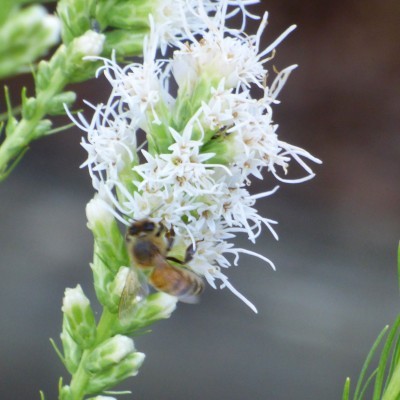






What is a pollinator garden? In simple terms, a pollinator garden is one that attracts bees, butterflies, moths, hummingbirds or other beneficial creatures that transfer pollen from flower to flower, or in some cases, within flowers.
Planting a pollinator garden is more important than you may realize, and even a small garden can make a huge difference as pollinators have suffered greatly from loss of habitat, misuse of chemicals and spread of invasive plant and animal species. Many pollinators have disappeared and others are endangered. Read on to learn about a few of the many pollinator friendly plants.
Native plants are the best plant pollinators, as native plants and pollinators have evolved together to adapt to your local soil, climate and growing season. Often, non-native plants don’t provide adequate nectar for pollinators.
A call to your local Cooperative Extension Office will provide valuable information about native plants in your area. Online organizations such as Pollinator Partnership, the Lady Bird Johnson Wildflower Center or the Xerces Society are valuable resources too.
To give you an idea of the many possibilities, here is a list of pollinator plants that are native to many areas of the United States:
Bees are one of the most important pollinators. They are able to see ultraviolet colors and prefer flowers in shades of yellow, purple and blue. Bees are also attracted to plants with a sweet fragrance. Bees like a few dry, sunny, bare spots with well-drained soil. South-facing slopes are ideal.
Butterflies need sunny, open spaces, fresh water and shelter from the wind. As a general rule, butterflies are attracted to purple, white, pink, yellow, orange and red – and less to greens and blues.
Hummingbirds need open spaces that allow them to fly from one pollinator to another. They also need a safe place to perch and a few shady spots to rest. They like most nectar-rich, unscented, tube-shaped flowers, but are highly attracted to pink, orange and bright red.
Plant a variety of flowers so something is blooming in your pollinator garden throughout the growing season.
Plant large patches of pollinator plants, which makes it easier for pollinators to forage.
If monarch butterflies are native to your area, help them out by planting milkweed, which monarch caterpillars require for nutrition.
Avoid insecticides. They are created to kill insects, and that’s exactly what they’ll do. Be careful with natural or organic insecticides, which can also be harmful to pollinators.
Be patient if you don’t notice a lot of pollinators; it takes time for pollinators to locate your garden, especially if your garden is located a distance away from wild lands.
Making Horticulture Easy For Just About Anyone
Leaf Identification – Learn About Different Leaf Types In Plants
What Is A Native Plant: Learn About Native Plant Benefits In The Garden
What Is Wild Harvesting: Learn About The Dangers Of Wild Harvesting
Best Plants for Landscape Edging
Growing Pitcher Plants: Learn About The Care of Pitcher Plants
Learn More About Organic Gardening By Taking This Advice
Follow This Advice To Learn More About Organic Horticulture
Learn More About Organic Horticulture By Taking This Advice
Common Edible Plants: Learn About Edible Plants That Grow In The Wild
Using Rain Barrels: Learn About Collecting Rainwater For Gardening
Goats In The Garden – Learn About Using Goats For Weed Control
Copyright © www.100flowers.win Botanic Garden All Rights Reserved